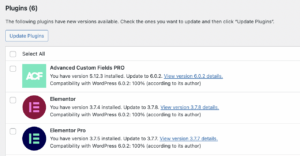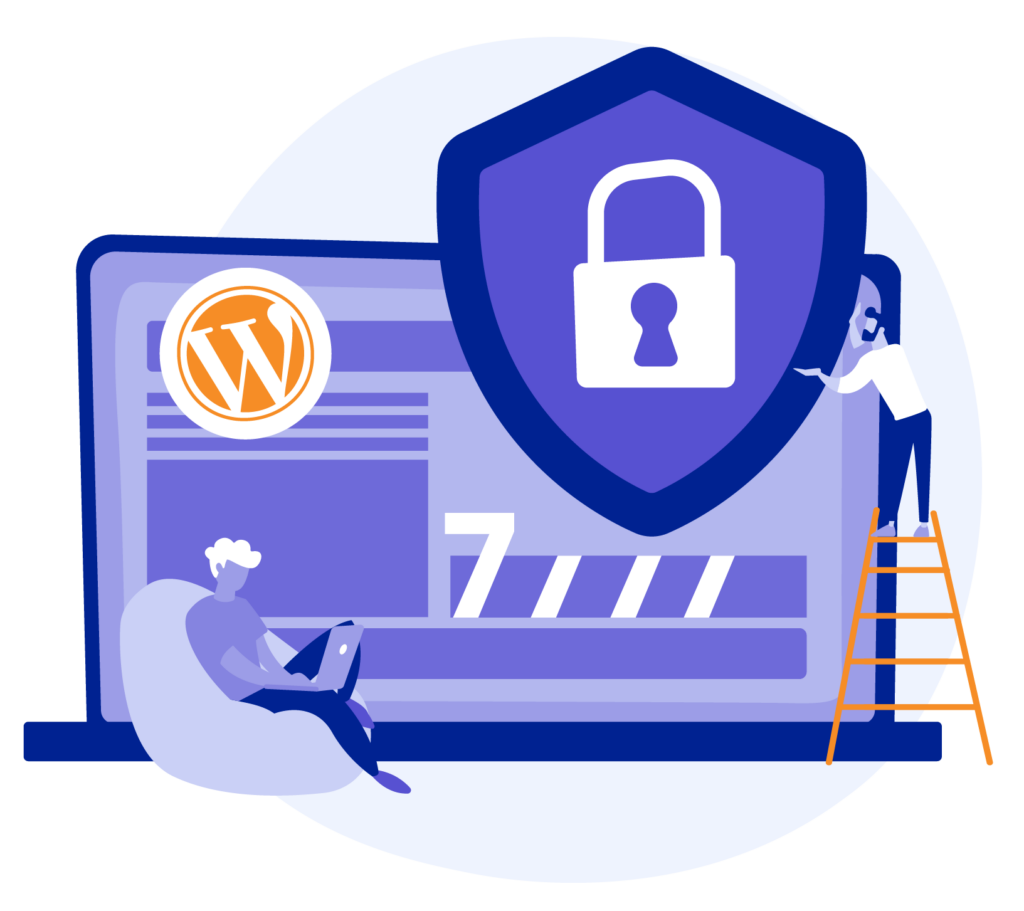7 Tips to Increase WordPress Security
Using WordPress as your CMS makes developing a new website a lot easier, but it still takes some thought and work before you can make a new WordPress site live. Once you have a website looking and functioning as you want it to and have added all the content, you still have one thing to consider: how to increase WordPress security?
An insecure WordPress installation is a target for hackers, but fortunately, it is not hard to keep WordPress secure as long as you follow good cybersecurity practices. Here are some tips to help you do just that:
1. Secure WordPress Login
WordPress security starts with the login process, and here are a few tips to secure the WordPress login process:
- Rename your login URL: The default login for WordPress is wp-admin or wp-login.php, and it is also a main target of hackers. Plugins like iTheme Security allow you to change this URL, so it is no longer a target.
- Limit login attempts: Limit login attempts with a reCaptcha plugin to prevent hackers from attempting to crack a password.
- Change passwords often: This is a good practice for any set of credentials. Also, ensure that users are using strong passwords and aren’t reusing them.
- Don’t use ‘Admin’ as a username: This is another good practice for any site.
- Use two-factor authentication: Two-factor authentication will prevent hackers from getting into a WordPress site even if they managed to get a valid set of passwords.
2. Use Only Trusted Plugins and Themes
One of the main reasons businesses choose WordPress is that it is highly customizable. Using third-party plugins and themes, you can transform a standard WordPress installation into just about any type of website.
But not all plugins and themes are created the same. Thousands of developers around the world with different levels of skills and knowledge build these extensions to WordPress. You need to be sure that the ones you install on your site are trustworthy before you install them.
Be sure to vet every extension and plugin you use by checking out the reviews on the official WordPress plugin site. Also, consider using the WP Security Audit Log plugin to check for any security issues in your plugins or themes.
3. Keep WordPress, Plugins, and Themes Up to Date

When you update WordPress, you get not only new features but also bug fixes and security patches. If you don’t keep your installation up to date, these security holes don’t get repaired. WordPress even makes it easy by letting you know there is an update available. All you have to do is click the update link.
The same is true for plugins and themes. You can also install these updates through the admin and avoid vulnerabilities, bugs, and potential security breaches.
4. Install SSL
There is no excuse anymore. Using SSL encryption on your site is a must. It not only secures the data between the website and the client, but it can also help your site rank higher in Google since SSL encryption counts in their ranking algorithm. You can even get a free SSL certificate through Let’s Encrypt.
5. Do Frequent Backups
Backing up your site regularly is an important part of WordPress security. A recent backup can restore the complete site even when a hacker does a lot of damage. Make sure the backup solution you choose backs up both your WordPress files and the database to a separate location. Then, if your site gets compromised, you can restore it to working order within minutes.
6. Use Firewalls, Virus Scanners, and Anti-Malware
There are security tools available for WordPress, like Wordfence or iTheme security, that can provide a firewall for your WordPress installation to prevent hackers from gaining access. Also, scan your plugin and theme files for malware.
Computers that connect to the WordPress site should also be protected with anti-virus, anti-malware, and a firewall because a compromised computer can compromise your WordPress installation.
7. Disable File Editing
A convenient feature of WordPress is that you can edit the plugin and theme files from the application, but it is also a security flaw. Hackers also know about this feature and can destroy a WordPress installation quickly by rewriting its files. But you can disable this feature and block file editing by adding this line to your wp-config.php file:
define(‘DISALLOWFILEEDIT’, true);
Conclusion
Security is not something you want to leave to chance. Want to be sure that the WordPress sites you are providing your clients are secure while still having the time to focus on your clients’ needs? With more than 3,000 projects a year, we know the ins and outs of WordPress security and can take care of all your technical operations.
Ready to provide more secure sites for your clients? Get in touch with us and discover how our WordPress maintenance packages take care of everything for you.



